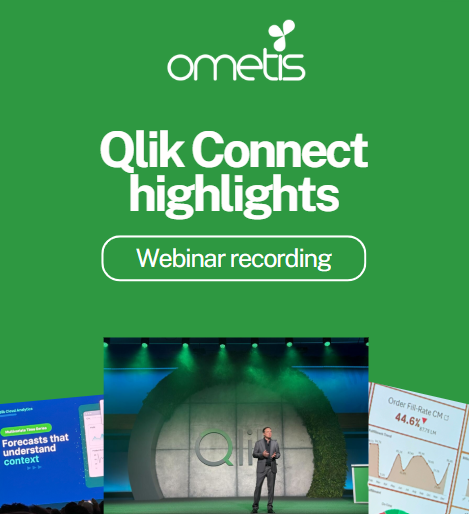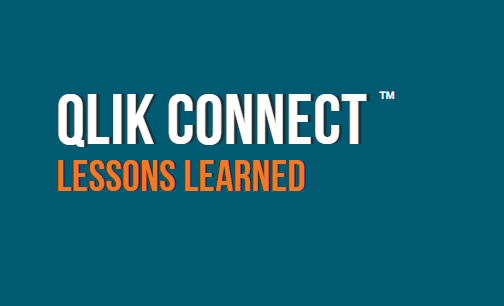Webinar
We ran a webinar on this topic on May 14th, 2024 in which Alex Walker and Alastair Latham-McDonald took us through the possible use cases and an interactive demonstration of Qlik Embed.
Use cases
Qlik Embed opens up a wide range of possibilities for integrating analytics into various business applications and workflows. Some common use cases include:
1. Customer Portals and Websites: Embed Qlik analytics into customer-facing portals or websites to provide self-service access to relevant data and insights. This can help improve customer engagement, reduce support inquiries, and enable data-driven decision-making for external stakeholders.
2. Internal Intranets and Dashboards: Integrate Qlik visualisations and dashboards into internal company intranets or departmental dashboards. This allows employees to access key metrics and insights within their familiar work environments, fostering a data-driven culture and enhancing productivity.
3. Line-of-Business Applications: Embed Qlik analytics directly into core business applications such as ERP, CRM, or HR systems. By providing context-specific insights within these applications, users can make informed decisions without switching between multiple tools, streamlining workflows and improving efficiency.
4. Customised Embedded Solutions: Leverage Qlik's APIs and SDKs to build custom embedded analytics solutions tailored to specific business needs. This can involve creating bespoke dashboards, interactive reports, or even integrating Qlik's associative engine capabilities into proprietary applications.
By leveraging Qlik Embed, businesses can seamlessly integrate powerful analytics capabilities into a wide array of applications, empowering users with timely, relevant, and actionable insights to drive better business outcomes.

Embedding frameworks
Qlik offers various embedding frameworks to cater to different requirements and technical skill levels:
- Qlik Embed: The newest and most versatile embedding framework, Qlik Embed simplifies the integration of Qlik content into web apps while providing a wide range of customisation options.
- iFrame: A simple and straightforward approach, iFrame embedding allows the integration of entire Qlik Sense sheets or objects into web pages with minimal coding.
- Capability APIs: A collection of JavaScript APIs that enable developers to embed Qlik Sense content and interact with the Qlik engine programmatically.
- Nebula.js: A set of JavaScript libraries and tools for building and integrating custom visualisations on top of Qlik's Associative Engine.
- Enigma.js: A low-level JavaScript library for communicating with the Qlik Associative Engine, suitable for advanced use cases and building custom analytics tools.
The decision to select a particular framework is driven by two key factors: complexity and flexibility. Simple embedding methods like iFrame offer quick integration with minimal coding, while more complex frameworks like Qlik Embed and the Capability APIs provide greater customisation options and interactivity.
Ultimately, the choice of embedding framework depends on the specific use case, the desired level of control over the embedded content, and the technical expertise available within the organisation. If you'd like advice on which framework is right for your business, contact our team:
Requirements
Please keep in mind the following general requirements:
-
Access to a Qlik Sense Enterprise (client-managed or SaaS) or Qlik Cloud instance.
-
Appropriate user licenses and permissions for accessing the embedded content.
- A web server or hosting environment for serving the embedding application or web page.
- Familiarity with web development technologies and the chosen embedding framework.
Permissions and access control
Embedded Qlik content adheres to the same access control and security measures as the original Qlik Sense app. Users accessing the embedded analytics must have:
1. A valid Qlik Sense or Qlik Cloud user license.
2. Access to the specific app, sheets, and objects being embedded.
3. Appropriate permissions for interacting with the embedded content, such as selection and filtering rights.
4. Compliant authentication mechanisms, such as single sign-on (SSO) or JWT authentication, to ensure secure access to the embedded analytics.
Next steps
Embedding Qlik analytics into your organisation's applications and workflows can significantly improve the way your team works with data. By integrating powerful insights and visualisations into the tools your employees use daily, you can increase user adoption, support better decision-making, and maximise the value of your data.
If you're interested in integrating embedded analytics, reach out to see how we can help:






Comments